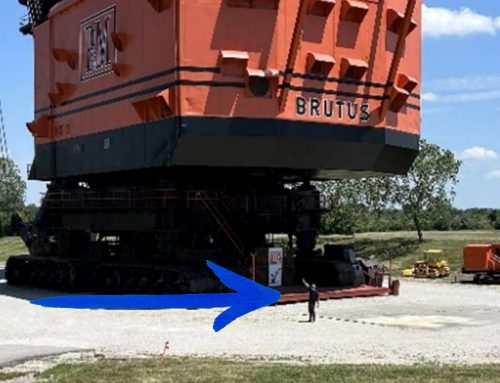Jesus was dead. It was certified by the authorities. He was buried in a borrowed tomb. A guard was posted to keep Jesus’ disciples from stealing the body. Let’s look at some questions, and see what is the only possible answer to the Easter question?
 1. Who broke the seal? The tomb in which Jesus was placed was sealed with an official Roman seal. The penalty for breaking that seal was to be crucified upside-down. However, Jesus’ disciples had scattered in fear.
1. Who broke the seal? The tomb in which Jesus was placed was sealed with an official Roman seal. The penalty for breaking that seal was to be crucified upside-down. However, Jesus’ disciples had scattered in fear.
2. Where did the body go? All the Roman or Jewish authorities had to do was to produce the body of Jesus. If it was available, end of story. When the Jewish leaders claimed that the disciples “stole the body”– it was an admission that the tomb was empty.
3. Who moved the stone? The stone in front of the tomb weighed between 3,000-4,000 pounds. The women, coming early on Sunday morning, were highly concerned with who would move the stone for them. The “swoon” theory claims that Jesus Himself moved the stone after He was revived by the chill of the tomb. But a body that had endured the awful beatings and crucifixion would not be able to budge the stone.
4. What happened to the guard? The guards fled. Abandoning a post in the Roman army meant court-martial and death. Roman soldiers were duty-focused, well-trained, tough-minded, and well-equipped. Yet, Matthew records that they were afraid. It’s not likely for the disciples to ambush the guards, overpower them, and take the body.
5. Why were there empty grave clothes? Jesus’ grave clothes were undisturbed. To move a body, and to arrange the body wrappings to look that the body had simply dissolved through them, was more than the disciples could pull off.
6. Who was the unmasked man? There are at least seventeen eyewitness accounts of Jesus alive after the crucifixion. Twenty-five years later, there were still 500 living persons who had seen Jesus alive at one setting. If each one testified in court for just six minutes apiece, there would be over fifty hours of testimony. The variety of appearances of Jesus amazes us. He appeared to heartbroken women; to scared, doubting disciples; and to unbelieving men.
7. Why were women the first witnesses? In first-century law, the testimony of women had no standing in court. If this was an elaborate plot, the disciples wouldn’t have mentioned that the women were involved at all.
8. How can the transformation of the disciples be explained? Only one disciple witnessed the crucifixion of Jesus. The others, fearfully hiding, were waiting to be arrested themselves. After Easter, the disciples had a new outlook, they were bold, and openly proclaimed the Messiahship of Jesus.
Did it really happen? The evidence overwhelmingly says, “YES!” If Jesus is, as the Resurrection asserts, God Himself, who has come to our rescue, then to trust Him and to live for Him is the height of sensible understanding. Will you trust Him today?
By Craig Alan Myers
CBC Executive Board Member





